Within a 10-minute walk from just about any home in Watts, Los Angeles, you’ll find freeways, liquor stores, train tracks, and paved or weedy vacant lots. You’ll also find houses—lots of them, in this dense community of bright concrete streets and sidewalks. What you’re much less likely to find are shade-producing trees, plants, green open spaces, and parks.
If everyone could access a park within a 10-minute walk from home our public health and children’s success would also grow.
This was the neighborhood where Ronald Cartoon Antwine grew up, and where he first learned how to build parks. Ronald, known to his neighbors as “Cartoon,” lived across the street from a blighted vacant lot at 114th St. and Monitor Ave. his entire life. I first met him in 2009 when my organization, The Trust for Public Land, began partnering with the City to try to purchase that one-acre vacant lot for a new neighborhood park. What I didn’t know was that Cartoon had already been protesting yet more housing on that lot—circulating petitions, organizing neighbors to protest the development, and hosting informational meetings at a church down the street
I was walking the neighborhood, hanging door-flyers advertising our first park-design workshop, and Cartoon phoned me an hour after I had hung one on his door. At first, his attitude was abrupt. “Who is this, what are you doing in my neighborhood?” he asked.
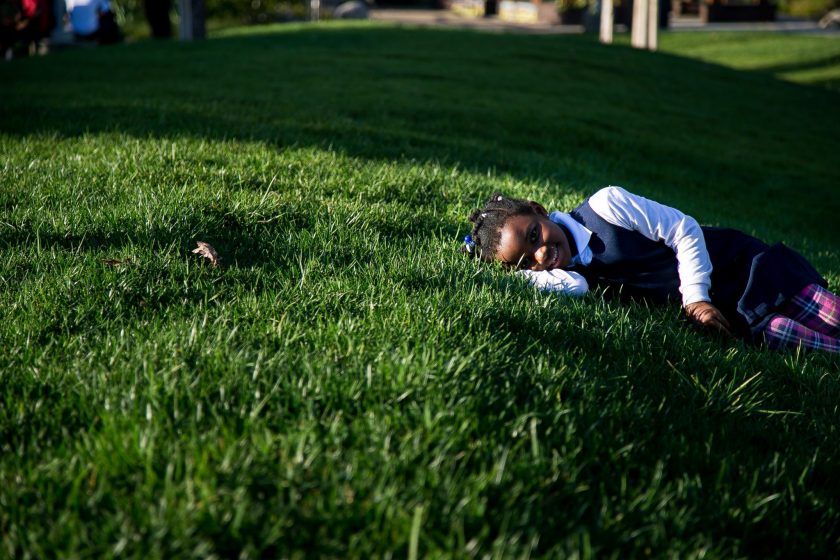
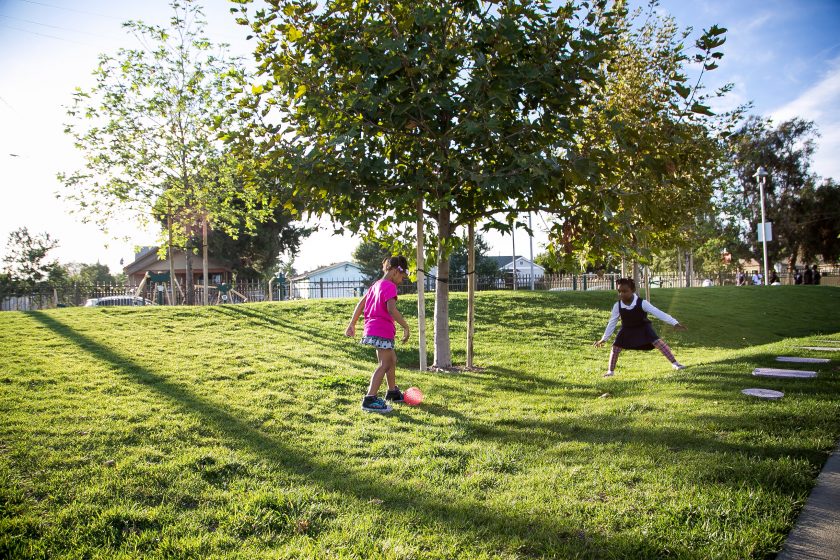
I explained that I worked for an organization that helps build parks in underserved communities like Watts and that we were hoping to build one on that corner lot. “A park, really? You want to build a park on that lot—not houses?” he replied enthusiastically. “OK! If anyone gives you any problems, you tell them you are working with Cartoon.”
In 2015, after six years of planning and development, Watts Serenity Park was the first park to open in the immediate neighborhood. The park, on a triangular vacant lot pushed up against railroad tracks, is close to two public housing projects and near the historic boundary between local gang territories. The winter we started community outreach, there were multiple gang-related homicides within a half mile of the site.
Building a new park from scratch without identified funding, a secured site, or a base of support can seem like magic—you start with nothing and somehow you end up with a park. You begin by identifying partners and one or two possible locations. Then you host community workshops, gather surveys, and ask people throughout the community what features they would like to see in a new park. This first and most essential step teases out local priorities and concerns and helps define what a new park might look like.
In Watts, we hosted the workshops at the historic Macedonia Baptist Church, which was close to the park and a comfortable gathering place for all community members. We came to the first meeting with large drawings of the vacant lot and boxes of markers and other supplies—as well as tamales and fried chicken.
We started by setting expectations on the process and timeline, explaining that it might be as much as five years before a park was constructed. First, we would need to convince the property owner—a townhome developer—to sell the land for a park, even though we didn’t have funding yet. Then we would need to distill community priorities into a concept park design. Finally, we would need to write a grant to secure funding from the very competitive California State Parks Statewide Park Development program. Once we had funding, design, and a permit, construction could begin.
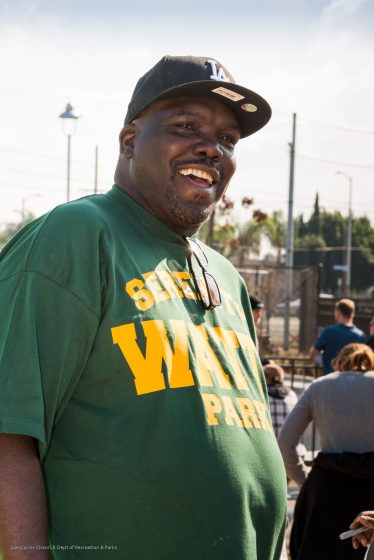
With expectations clear, we pulled out paper and markers, broke into small groups, and started to gather ideas for the new park. Subsequent meetings in the evening or on weekends would follow. Cartoon and his neighbors had plenty of ideas, which they diagramed on large sheets of paper. They debated which activities the park should support: soccer, basketball, skateboarding, toddler play on a new playground. Participants struggled to design a park that would welcome children and young people without becoming a focus of gang activity. The final concept we sent to State Parks included all the priorities established by the community.
The park opening in January 2015 was a victory for Cartoon and the neighbors who participated in those workshops and then waited patiently for their ideas to become reality. The park offered a perimeter walking path, spacious playground, skate area for older children, exercise equipment, and well-spaced sheltered picnic areas, so that multiple groups could picnic at the same time. Safety elements included security cameras, fencing along the rail corridor, and clear site lines to every area of the park. To reflect the personality of the neighborhood, the park incorporated art from community members. Sustainable elements included native and drought-tolerant plants, stormwater capture, and energy-efficient LED lighting. And, of course, we included lots and lots of green space.
Unfortunately, there are many other communities throughout Los Angeles County that remain underserved by parks. This is important because research show that parks are more than just nice-to-have amenities—they are important contributors to health and quality of life. Parks are the shared backyards of crowded city neighborhoods. They are where people get the exercise they need, kids go to romp and play after school, and neighbors forge relationships and get to know one another.
Parks are particularly important for the health of children. Summarizing information from the American Academy of Pediatrics, the Centers for Disease Control and Prevention, and other sources, The National Environmental Education Foundation, or NEEF, recently outlined ways in which spending time in nature makes children healthier—and spending too much time inside makes them sicker. Kids today enjoy 25 percent less playtime and 50 percent less unstructured outdoor activity than their peers in recent decades. As a result, says NEEF, their health is suffering—more than 1 in 3 children in the U.S. are overweight or obese; 3,600 are diagnosed each year with type-2 diabetes; 7 million suffer from asthma; and countless others from attention-deficit disorders.
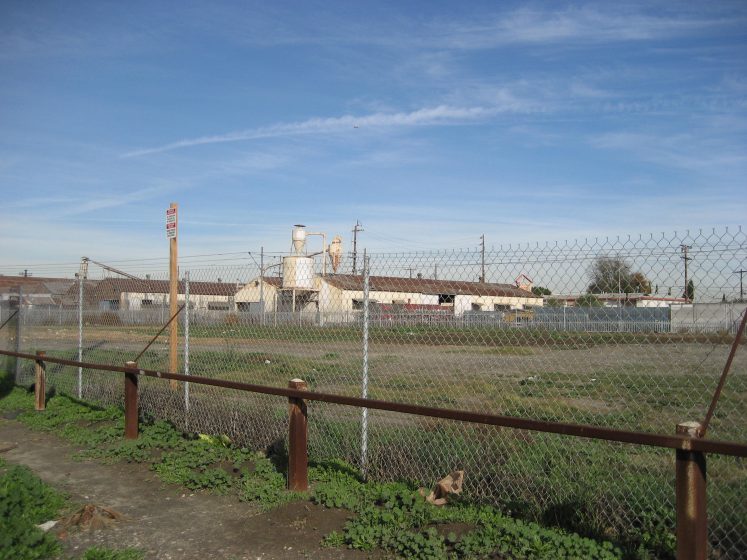
NEEF posits that the solution is obvious: get kids moving outside. The foundation concluded that time spent outdoors is predictive of higher levels of physical activity in children. In fact, children who spend more time outdoors are less likely to be overweight by up to 41 percent. Weight control and weight-related disease prevention aren’t the only benefits of outdoor exercise. Exposure to nature can reduce children’s stress levels by as much as 28 percent and a 20-minute walk in nature can help kids with attention-deficit hyperactivity disorder, or ADHD, concentrate better.
Because access to parks is essential for the health of communities and their residents, The Trust for Public Land is working to put a safe park, trail, garden, or natural area within a 10-minute walk of every American. And we are now partnering with the National Recreation and Park Association and the Urban Land Institute to establish this as a shared objective in cities nationwide—celebrating, recognizing, and highlighting cities, mayors, and other civic leaders that promote the 10-minute-walk-to-a park goal.
There are many ingredients to meeting this goal in communities such as Watts. They include adequate funding for park construction, operations, and maintenance, along with support and prioritized resources from policy makers. But perhaps the biggest key to successful park development is to ensure that communities—and dedicated neighbors like Cartoon—help plan their parks, ensuring that they really meet neighborhood needs.
Tori Kjer
Los Angeles


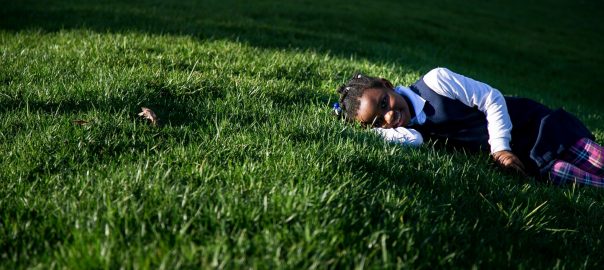
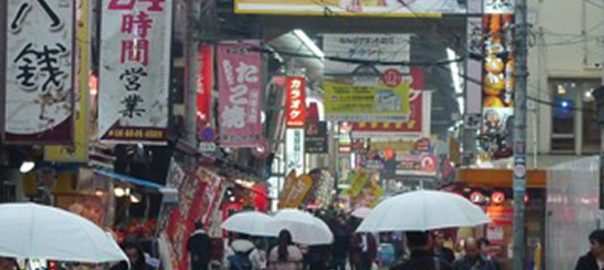
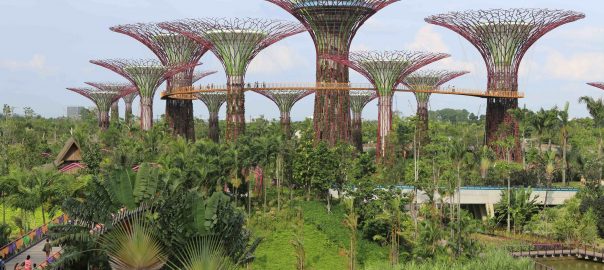
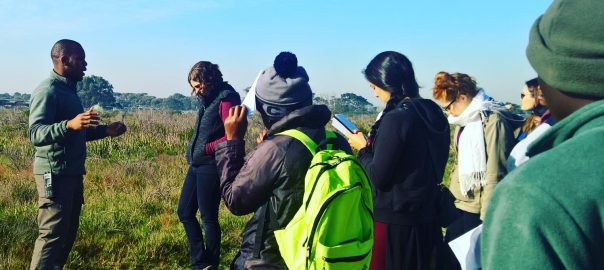
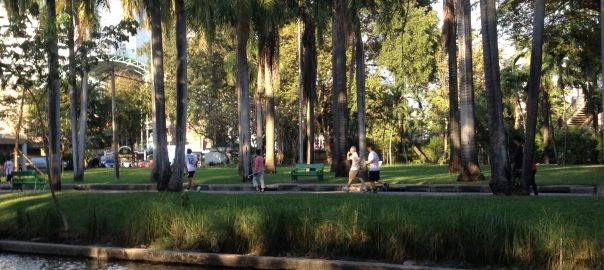
Leave a Reply